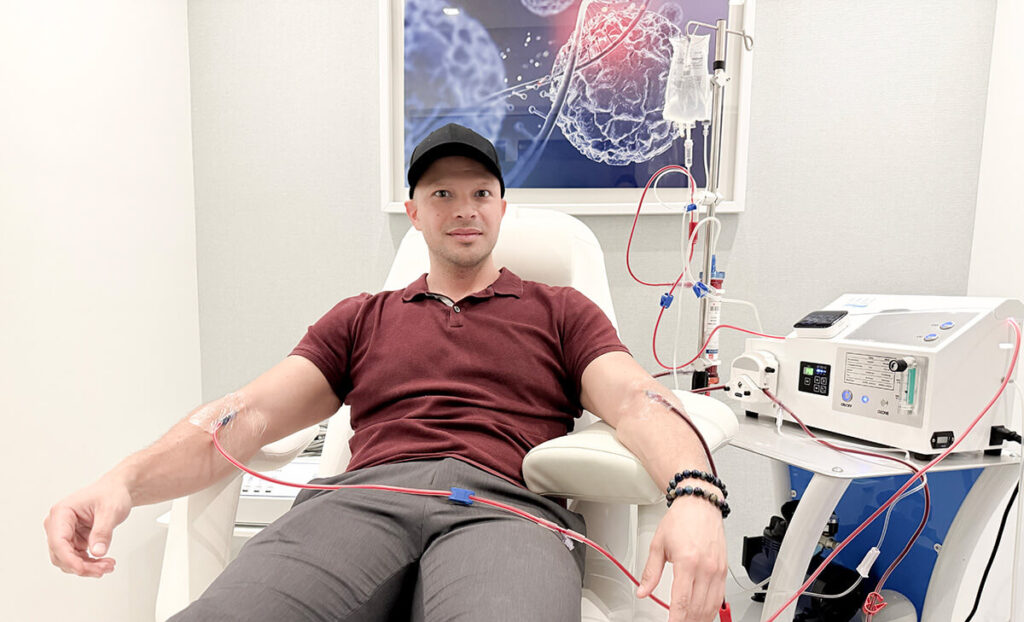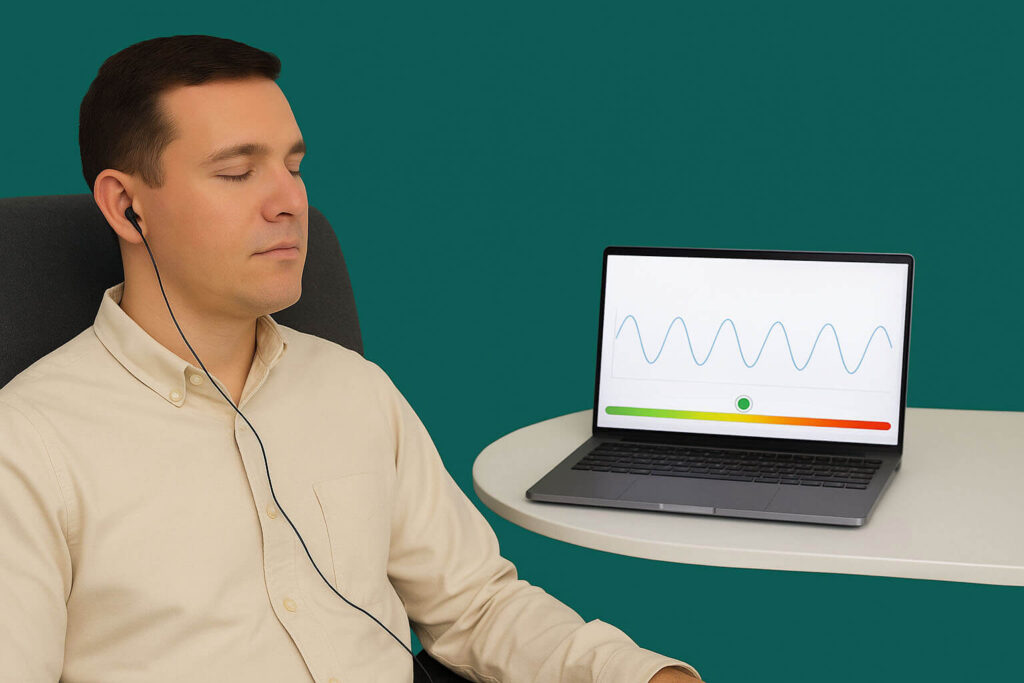The advancement of treatments for pediatric diseases has achieved recognition from the FDA, acknowledging the use of hVSEL stem cells activated by S.O.N.G. Laser technology for addressing rare conditions in children.
This FDA endorsement will enable advanced clinical studies on the use of hVSEL Stem Cells activated by S.O.N.G Laser in children diagnosed with rare diseases like Hutchinson-Gilford syndrome (HGPS).
At Xtend Optimal Health, we have solid reasons to join in this celebration, as the inventor of the S.O.N.G. Laser technology for the activation of hVSEL stem cells is part of our team.
Dr. Todd Ovokaitys, CEO of Qigeneration, LLC, responded to the news by stating, “We are thrilled to receive this important designation from the FDA.”
Why is this FDA Designation So Important?
The FDA designation represents an innovation that offers a ray of hope for combating rare pediatric diseases, such as Hutchinson-Gilford syndrome (HGPS).
Also known as progeria, this pediatric disease is usually fatal. Most children who suffer from it die at a young age, generally from heart problems.
Currently, there is no cure or treatment for progeria. This FDA designation will allow for studying the hVSEL stem cell treatment activated by S.O.N.G. Laser as a potential treatment.
What is Progeria?
Progeria is an extremely rare genetic disease characterized by accelerated aging in children.
It is caused by a spontaneous genetic mutation, meaning it is not hereditary.
This genetic change produces an abnormal protein that affects the cell nucleus and accelerates aging.
Children with progeria exhibit typical characteristics of older individuals, such as wrinkles, hair loss, and artery hardening.
What are the Symptoms of Progeria?
Children with progeria usually appear healthy at birth, but symptoms begin to appear in the early years of life. These include:
- Slow growth
- Hair loss
- Thin, wrinkled skin
- Small face and sharp nose
- Joint stiffness
- Heart problems
The Promise of hVSEL Stem Cells
hVSEL stem cells, or very small embryonic-like stem cells, are a central component of this new therapeutic strategy.
These cells are present in various tissues of the human body, including blood, these cells have the ability to regenerate damaged tissues, making them ideal candidates for treating a variety of pediatric diseases.
Other Rare Pediatric Diseases That Could Benefit
While more research is needed to confirm their efficacy in each case, hVSEL stem cells activated by S.O.N.G. Laser could offer hope for patients with:
- Neuromuscular diseases such as muscular dystrophy, regenerate damaged muscle tissue; spinal muscular atrophy, replenishes affected motor neurons; and Charcot-Marie-Tooth disease, improves nerve conduction.
- Metabolic diseases such as Gaucher’s disease, reduce lipid accumulation in organs; Tay-Sachs disease, replenishes damaged nerve cells.
- Immunological diseasesinclude type 1 diabetes, regenerating insulin-producing cells; and juvenile idiopathic arthritis, reducing inflammation and repairing joint tissue.
- Developmental disorders such as autism, improving neural connections and cellular communication; and Down syndrome, potentially enhancing cognitive function.
S.O.N.G. Laser Technology: A Revolution in Stem Cell Activation
Dr. Todd Ovokaitys, CEO of Qigeneration, LLC, and pioneer of the S.O.N.G. Laser technology has developed a method that allows for the activation of these stem cells to treat pediatric diseases.
This non-invasive approach enables the stem cells to mobilize and regenerate areas of the body affected by diseases.
Comparative Advantages of hVSEL Stem Cells
Compared to other stem cells, hVSELs have significant advantages. Their small size allows them to circulate effectively and reach affected areas.
Although they share some characteristics with embryonic stem cells, hVSELs are not embryonic and are found in all body tissues, even in the blood.
Moreover, their ability to generate various types of tissues makes them promising candidates for treating a wide range of diseases.
Unlike other types of stem cells, VSELs can be easily obtained through a simple blood sample, without invasive procedures.
Potential Impact on Pediatric Diseases
The FDA designation allows for the advancement of clinical studies exploring the use of this technology in children with progeria and other pediatric diseases, improving their quality of life.
This treatment, being minimally invasive and extremely safe, has the potential to be used in a wide range of patients, including both children and adults.
New Treatments: A Promising Approach
The S.O.N.G. Laser technology offers a promising approach to the treatments of pediatric diseases, underscoring the importance of continuing development and research in this field.
As you can see, as studies progress, the medical community and families harbor hope that this technology can offer new options to combat some of the most challenging and devastating diseases that children face today.
Seeking Innovative Solutions at Xtend Optimal Health
The proposal of treatments with hVSEL stem cells activated by S.O.N.G. Laser, as presented by Dr. Todd Ovokaitys, aligns with our philosophy of seeking innovative solutions to optimize health.
At Xtend Optimal Health, we offer V CELLS cellular therapy, activating a type of cell that already exists in large quantities in the body, providing new hope for patients with degenerative diseases.
If you are interested in this treatment, visit our website xtendcenter.com for more information about all our services and to book your appointment with our specialists, click on the “Schedule Consultation” button. If you want more information, write to us at the phone number +(507) 690 16948.





